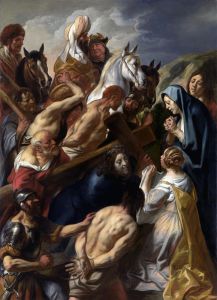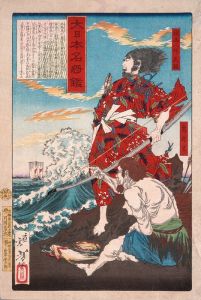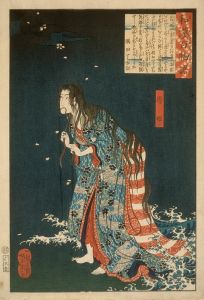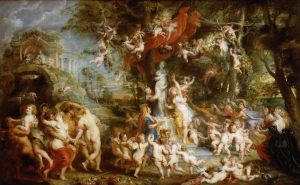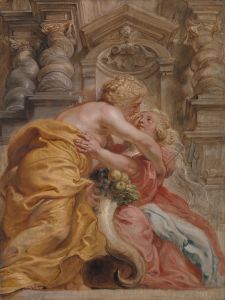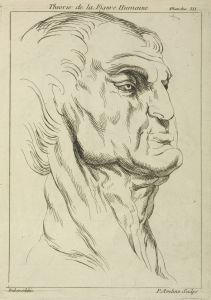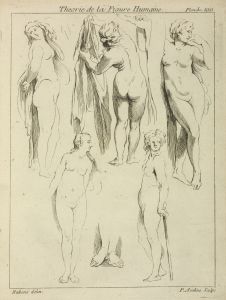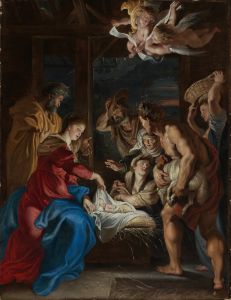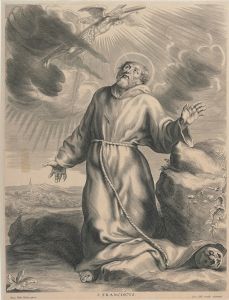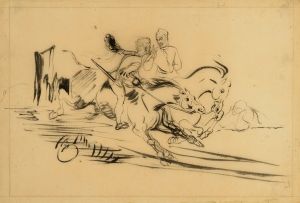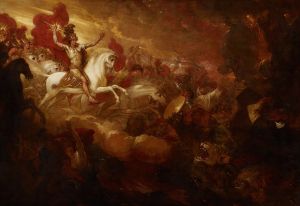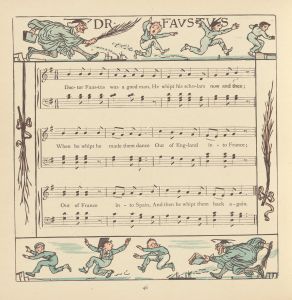
The Great Last Judgement
A hand-painted replica of Peter Paul Rubens’s masterpiece The Great Last Judgement, meticulously crafted by professional artists to capture the true essence of the original. Each piece is created with museum-quality canvas and rare mineral pigments, carefully painted by experienced artists with delicate brushstrokes and rich, layered colors to perfectly recreate the texture of the original artwork. Unlike machine-printed reproductions, this hand-painted version brings the painting to life, infused with the artist’s emotions and skill in every stroke. Whether for personal collection or home decoration, it instantly elevates the artistic atmosphere of any space.
Peter Paul Rubens, a prominent Flemish Baroque painter, created "The Great Last Judgement" between 1617 and 1620. This monumental painting is a vivid depiction of the biblical scene of the Last Judgement, a theme that has been a significant subject in Christian art. Rubens' interpretation is renowned for its dynamic composition, dramatic intensity, and the masterful use of color and light, which are characteristic of his style.
"The Great Last Judgement" is housed in the Alte Pinakothek in Munich, Germany. The painting measures approximately 6 meters by 4 meters, making it one of Rubens' largest works. This grand scale allows Rubens to explore the theme with an abundance of figures and intricate details, showcasing his ability to handle complex compositions with clarity and vigor.
In this work, Rubens captures the moment of divine judgement as described in the Christian tradition, where Christ returns to judge the living and the dead. At the center of the composition is Christ, depicted as a powerful and authoritative figure, surrounded by a heavenly glow. He is seated on a cloud, with the Virgin Mary and John the Baptist flanking him, both interceding on behalf of humanity. This central group is a common motif in Last Judgement scenes, known as the Deësis.
Below Christ, the archangel Michael is shown weighing souls, a traditional element in depictions of the Last Judgement. The saved souls are depicted ascending towards heaven on the left side of the painting, while the damned are shown being cast into hell on the right. The contrast between the blessed and the damned is stark, with the former depicted in serene, harmonious poses and the latter in chaotic, tortured forms.
Rubens' use of color enhances the emotional impact of the scene. The heavenly realm is bathed in warm, golden tones, symbolizing divine light and grace, while the hellish regions are rendered in darker, more ominous hues. This use of chiaroscuro, the contrast between light and dark, is a hallmark of Baroque art and serves to heighten the drama of the scene.
The painting also reflects Rubens' deep understanding of human anatomy and movement, likely influenced by his studies of classical sculpture and Renaissance masters such as Michelangelo. The figures are rendered with a sense of weight and volume, their poses dynamic and expressive, conveying a range of emotions from hope and salvation to despair and damnation.
"The Great Last Judgement" is not only a testament to Rubens' artistic skill but also to his ability to convey complex theological themes through art. The painting invites viewers to reflect on the moral and spiritual implications of the Last Judgement, a subject that has fascinated and inspired artists for centuries.
Rubens' work on this painting was part of a larger commission for the Jesuit church in Neuburg an der Donau, reflecting the Counter-Reformation's emphasis on powerful religious imagery to inspire faith and devotion. Today, "The Great Last Judgement" remains a significant example of Baroque religious art, admired for its technical mastery and its ability to evoke profound spiritual contemplation.





